You can contact LEARNZ, part of CORE Education, at:
Postal Address:
PO Box 13 678,
Christchurch 8141,
New Zealand
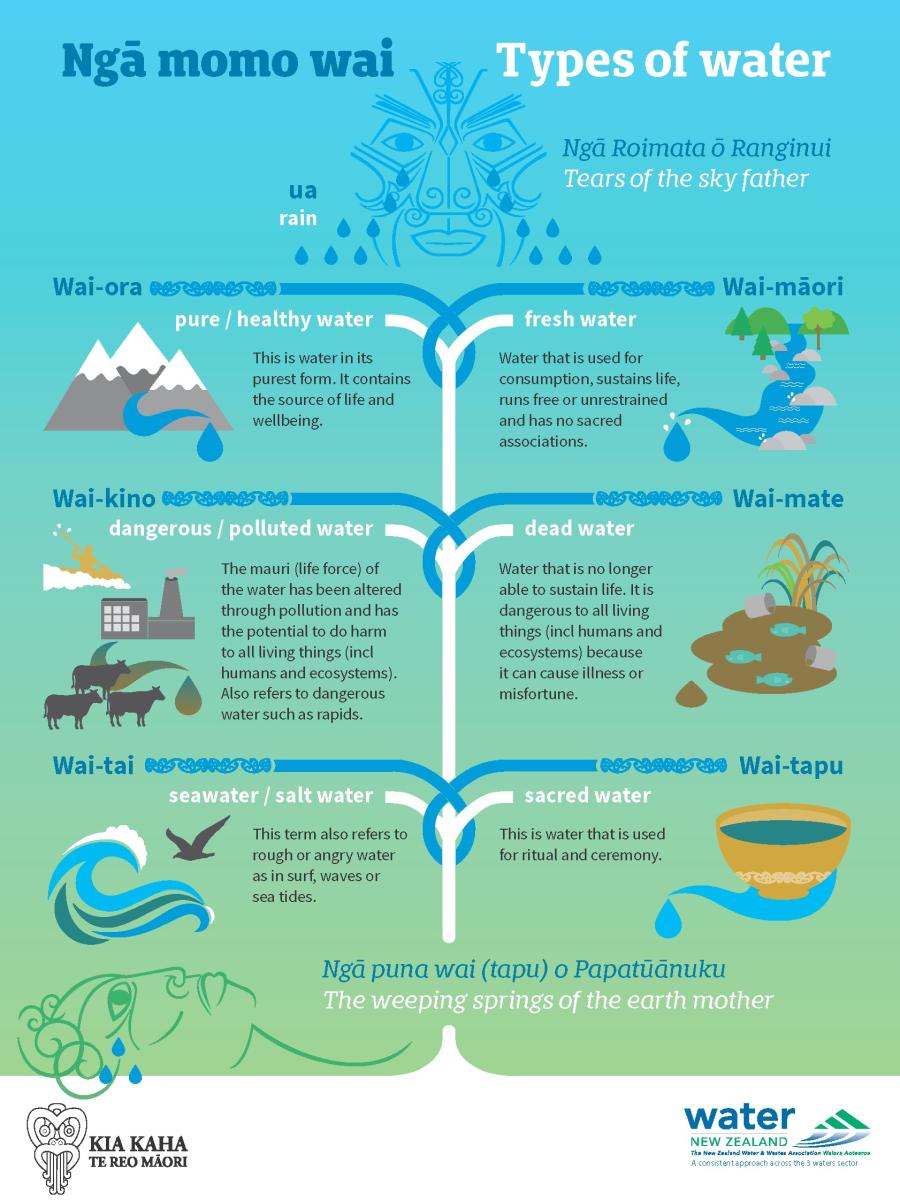
Image: Water New Zealand.
If we are to think about the importance of water to all life on Earth, it is helpful to view water through a mātauranga Māori lens.
Water has always been a taonga to Māori. It is viewed as the essence of all life, like the blood of Papatūānuku who supports all people, plants, and wildlife. Māori often consider their personal health and the health of the Iwi to be linked to the health of their waterways.
Māori identity is linked to water through whakapapa – a lineage that descends from Ranginui and Papatūānuku down to people and all parts of the environment. Awa are thought of as tīpuna that have been present throughout history.
Water has been used for transport, rituals, and gathering food and other materials for centuries in Aotearoa. Māori recognise different types of water, known as ngā momo wai, that have different values and uses. Each body of water also has a mauri and should not be mixed with water from another source.
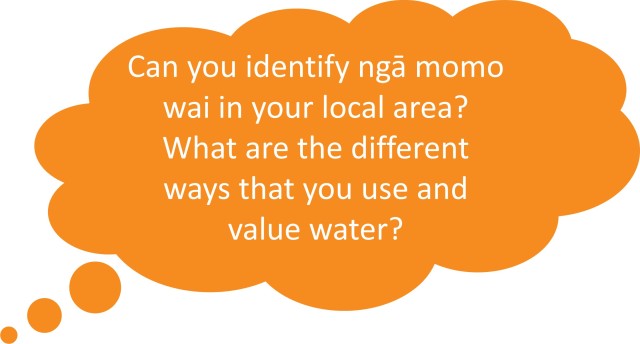
Water can be a liquid (water), solid (ice) or a gas (water vapour) and can go back and forth from one state to another. When water changes like this, it can move between the air, ground, plants, lakes, rivers, and oceans.
Water is liquid in rivers, groundwater, lakes, oceans, and rain.
Snow and ice are the solid form of water. Some snow and ice melts, turning into the liquid state of water.
As a gas, water vapour comes from the surface of water bodies like oceans or lakes, and from the surface of plants and the land when this water is heated by the sun. The process of water changing from a liquid to a gas is called evaporation.
Condensation is the process of water vapour changing into water droplets.
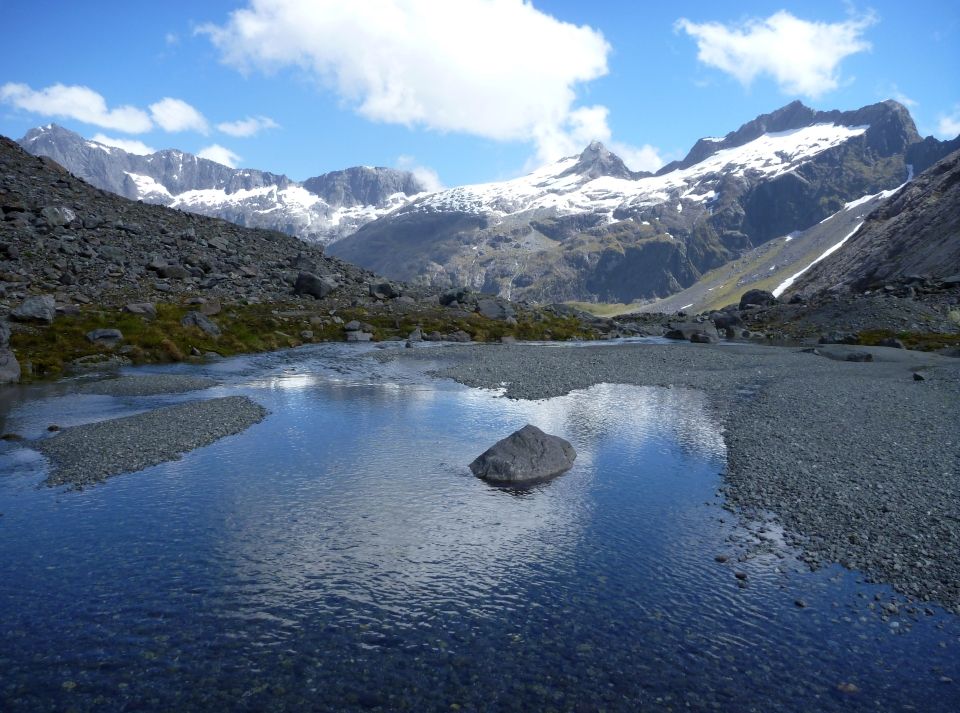
Water evaporates into the atmosphere from the sea, from bodies of fresh water, and from land. The water vapour condenses back into liquid water in the form of clouds. When the water droplets in clouds combine, they become heavy enough to form drops that fall back down to Earth as rain, sleet, snow, or hail. These liquid and solid water particles that fall from clouds and reach the ground are known as precipitation. The water collects in rivers, lakes, soil, and layers of rocks, with much of it flowing back to the sea. This continuous process of evaporation, condensation, and precipitation is what we call the water cycle.
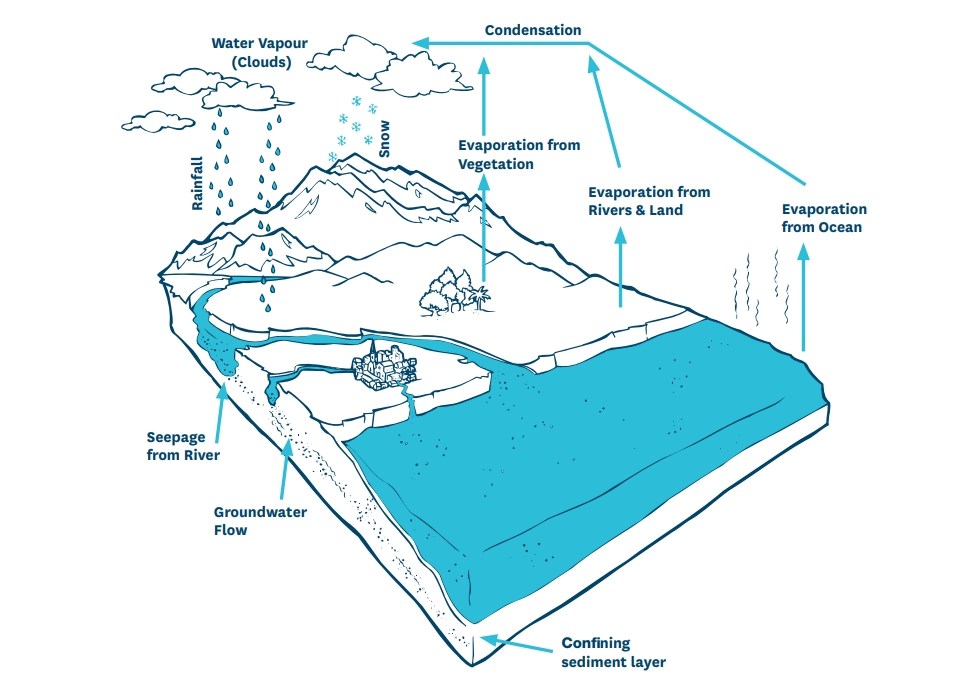
When learning about water, it is useful to be aware of the following terms:
Surface water: Surface water is the water we see above the ground. We often see surface water in ponds, rivers, lakes, wetlands, estuaries, and the sea.
Groundwater: Groundwater is the water found in aquifers beneath the ground. Dig a hole deep enough and eventually you will reach groundwater. Groundwater comes from rainwater that travels through the soil.
Wastewater: Wastewater is the water that goes down drains from inside our house after we do our washing, flush the toilet, or have a bath.
Stormwater: When rainwater falls onto a hard, sealed, impermeable surface (such as roofs, roads, and driveways) it cannot soak into the ground. Instead, it runs off the surface. This runoff is called stormwater.
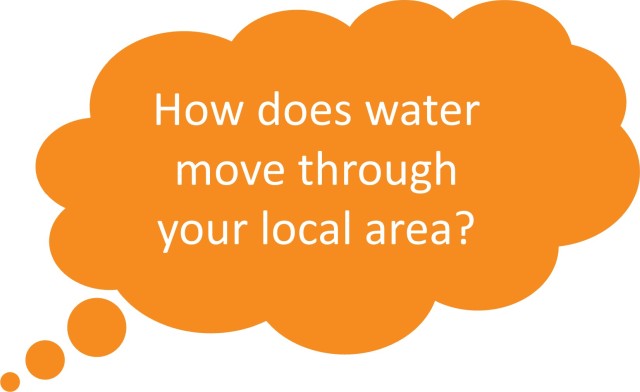
Try the water and the water cycle quiz.
Discover more about our world of water and the value of awa in Aotearoa from the recent LEARNZ river restoration online field trip.